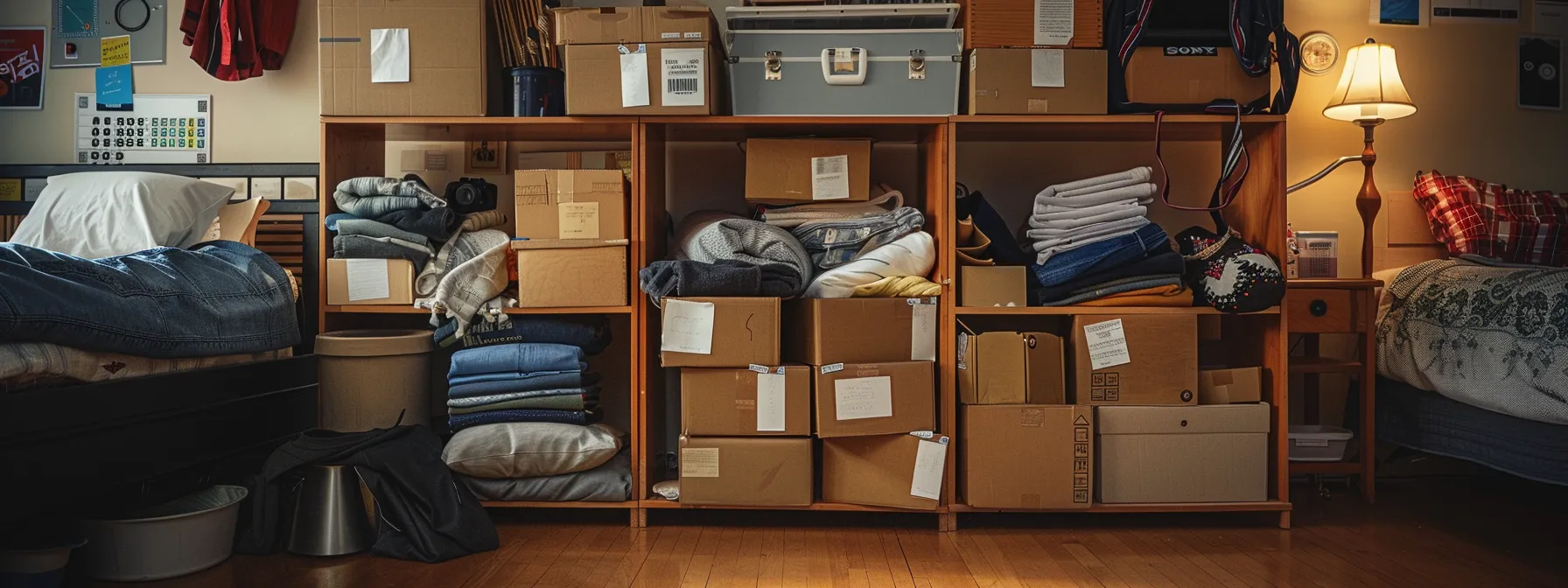The Ultimate College Move-in Guide
Embarking on your college journey is an exciting adventure that demands careful planning and preparation. Moving into your college dormitory or apartment is one of the first real tests of independence many young adults face. Ensuring you have everything you need, from the right packing supplies to strategies for settling in, can make all the difference. Keep reading for a comprehensive guide that will help you navigate this significant milestone with ease.
Planning Your College Move: Essential Steps Before the Big Day
Initiating your move to college begins long before you actually pack your first box. Creating a detailed checklist of tasks leading up to the move can save you from last-minute chaos. Start by confirming your move-in date and time, researching the layout of your future living space, and understanding any restrictions your college imposes on what you can bring. If arriving from far away, consider enlisting the help of the best college movers in Boston MA 2025, such as Smart Penny movers, who were awarded best college movers in Boston to facilitate the moving process.
Next, communicate with future roommates to coordinate who will bring shared items, like kitchen appliances or a television. This not only fosters a good relationship early on but also eliminates redundant items. Schedule utility setup appointments if necessary, and update your address for all important documents and mail to ensure a smooth transition into college life.
In the weeks leading up to your move, begin gathering the necessary documentation, such as immunization records, student identification, and registration details. Secure your travel arrangements well in advance, whether you plan to drive, fly, or use public transportation.
Lastly, set up a budget that outlines all your anticipated moving expenses. This includes transportation, moving services, packing supplies, and any new furniture or decor you wish to purchase. Being financially prepared will reduce stress and prevent unpleasant surprises during your relocation.
Efficient Packing Strategies for a Smooth College Transition

Packing for college can be manageable with a solid plan. Start by categorizing items into clothing, toiletries, school supplies, and electronics. Use sturdy boxes, bubble wrap, and compression bags for packing. Label each box with its contents and the designated room.
Pack seasonally, rolling clothes to save space and minimize wrinkles. If your college is nearby, only bring essentials for the current season, knowing you can swap items later. Use smaller boxes for books and heavy items to make transport easier. Secure electronic cords and consider using original packaging for fragile devices. Place heavier boxes at the bottom for stability during transport.
Before sealing boxes, check for forgotten items, especially in drawers. Keep a duffel bag for last-minute additions. Remember, less is often more when moving; you can always add items as you settle in.
Move-in Day Tips: Making the Most of Your Arrival on Campus

Move-in day can be both thrilling and hectic, but with a few innovative strategies, you can make it a positive experience. Arrive early to beat the crowds and secure the best parking spot. This will give you easier access to your dormitory and reduce the distance you need to carry your belongings. Once there, complete any necessary check-in procedures with your resident advisor or housing office before unpacking.
Soliciting the help of family or friends can make the move smoother. With more hands on deck, unloading your vehicle will be quicker and less taxing. If your college offers move-in assistance from upperclassmen or volunteer groups, don’t hesitate to accept their help. Take a moment to familiarize yourself with the facility, noting the location of elevators, stairs, and garbage disposal areas.
Unpack essentials first, such as bedding, toiletries, and a change of clothes, ensuring you’re comfortable on your first night. Set up your study area early on to establish good habits from the start. Other items, like decor, can wait until you have the basics organized. If you’re sharing a space, coordinate with roommates to optimize the layout and avoid clutter.
Transitioning into college living requires forethought, organization, and a touch of creativity. By following these guidelines, you will not only ease the stress of moving but also create a living space that supports both your academic success and personal well-being. As you embark on this exciting chapter, remember that the effort you put into your move today will set the foundation for an enriching college experience.






